Of all the marketing vocabulary you might encounter in running your organization, “brand” might be the most common. It’s used by itself AND tacked onto other words to create phrases like “brand recognition” or “brand loyalty” or even “brand differentiation” (sounds fancy, right?). But...what does it mean?
To brand or not to brand?
Brand doesn’t just refer to a specific product or company. Brand refers to everything that makes up the idea of that company, from logo to colors to messages. Long story short, the way you talk and look makes an impression, so your brand is the intentional decisions you make about how you want to appear.
Your brand has two primary parts, the visual part (branding) and the verbal part (brand voice). Each is important to define and maintain if you want to stay recognizable and memorable.
Let’s take a closer look at each part, what it is, and how you can use it to strengthen your organization.
What is “branding”?
Branding refers to the way that your organization looks. What visual features stand out to people? If you have returning customers, what makes them say: “I know that organization”? And if you are trying to attract new customers, does your branding make them think: “I can trust this organization”?
Each organization will prioritize different parts of their branding, but the general baseline for defining the way your brand looks includes setting instructions for your:
- logo
- color palette
- typography
- patterns
Those instructions for how your materials should look are often compiled into “branding guidelines,” a document (either short or long) that explains the parts of your branding and how to apply them.
Learn more about branding guidelines and why you might need them.
What is “brand voice”?
Brand voice refers to the way your organization sounds. What tone and style do you have? This voice should be consistent through any materials that have words, such as your website, your social media, or even audio like videos or voice overs.
Narrowing down your brand voice can be a lengthy process, so here are some questions to get you started.
- What should the tone be? Friendly? Professional? Do you talk like a scientist or a motorcycle rider? Or does the voice match a specific person—like your CEO or head of sales?
- How much “jargon” should be used? Are you speaking to experts, or to everyday people? Do you assume that your audience knows the terminology, or do you have to define everything?
- What words are important to include? You might want to mention how “eco-friendly” you are, or that you “care about your customers,” or that your service is “economical without sacrificing quality.” Whatever your keywords are, list them out.
- What words should be avoided? Watch out for language that puts people down or gives an unsavory impression. For example, you might avoid discussing “fees” or saying that something is “cheap.”
Think of your organization like a person. Your brand voice is the way that person sounds and relates to their customers in the conversation of marketing.
Most organizations also have guidelines to maintain a consistent tone and style in their writing. Your brand voice guidelines might share specific words to include (or avoid), whether you talk in first person or third person, or even how long your sentences should be. Defining that voice helps your materials to stay consistent.
Learn more about your brand voice and how to find it.
Creating a brand and voice
If you’re still confused, or if you’re starting the search for the right branding and brand voice for your organization, connect with an expert in looking and listening! Book a free Discovery Call with TwoTone Creative to learn more about keeping yourself recognizable and memorable.














